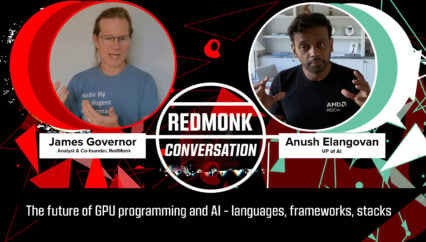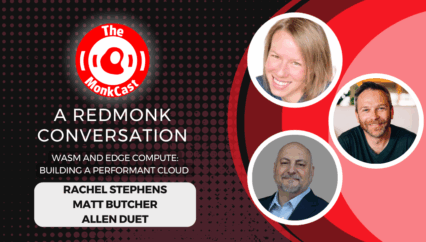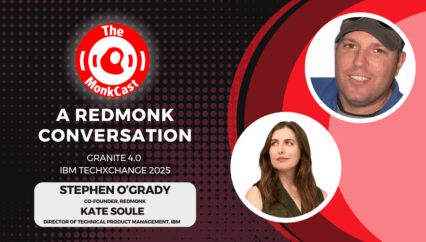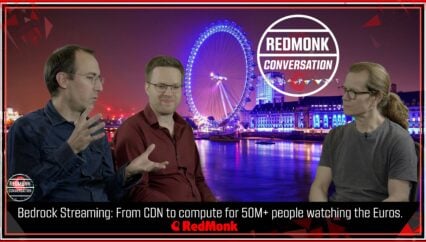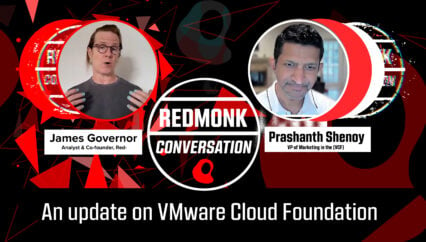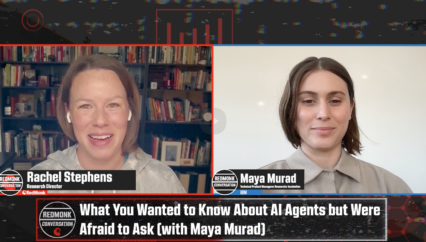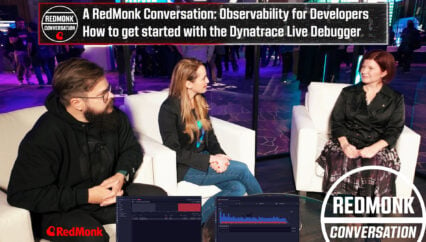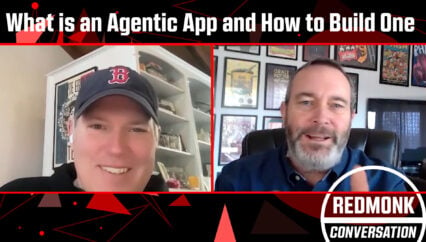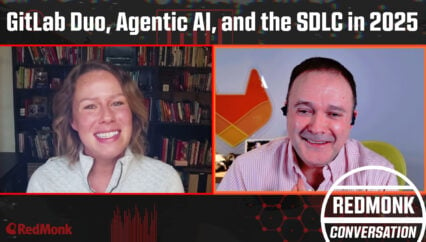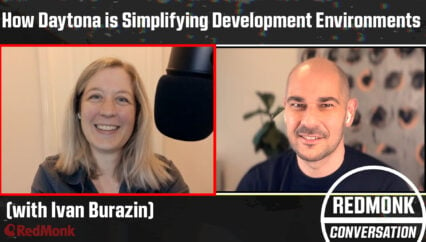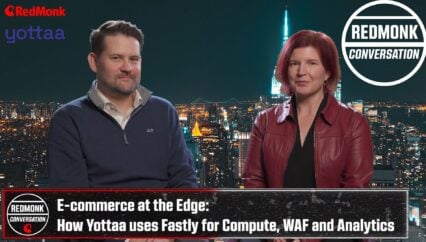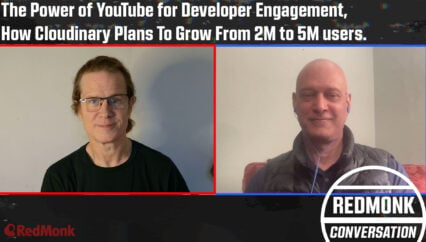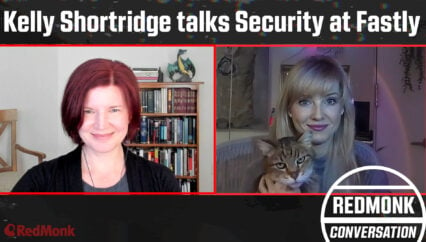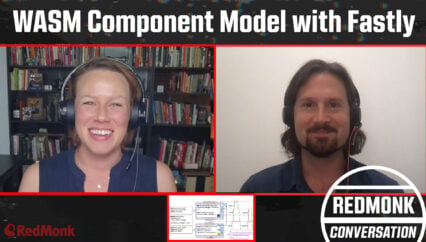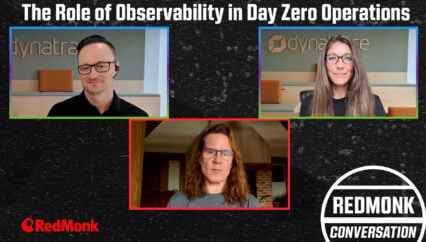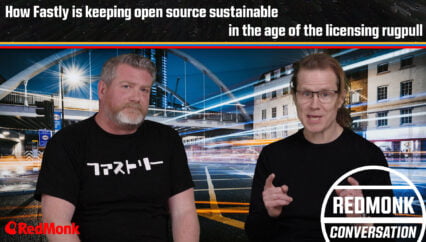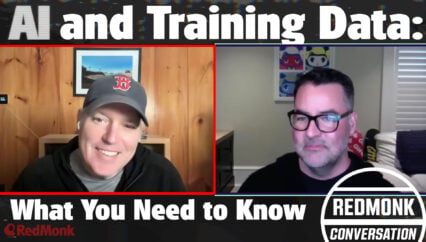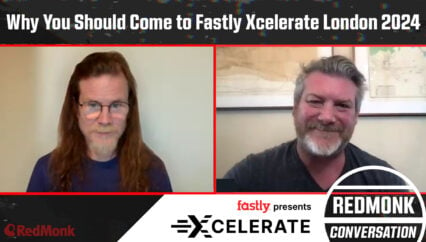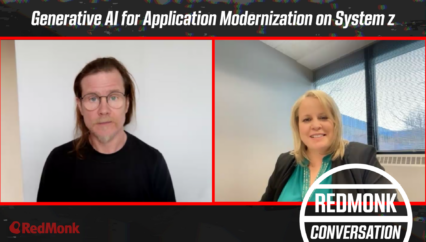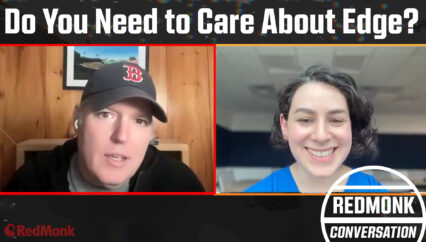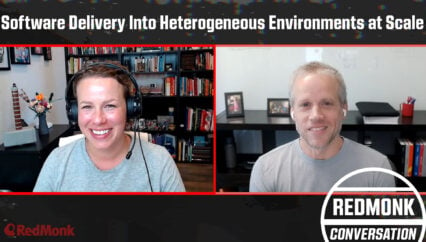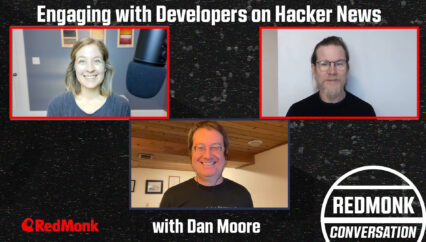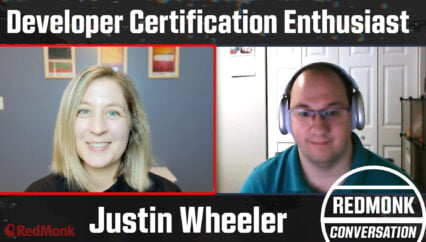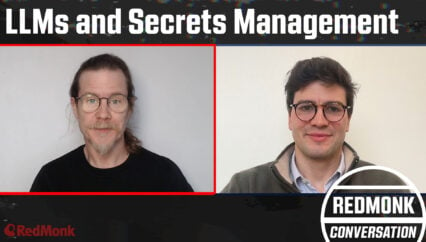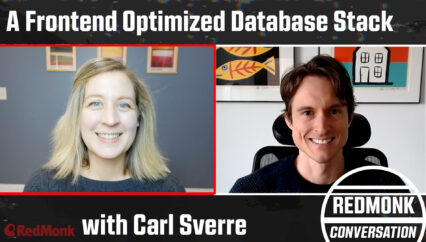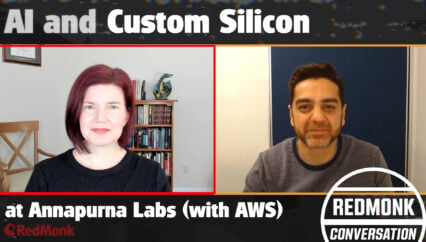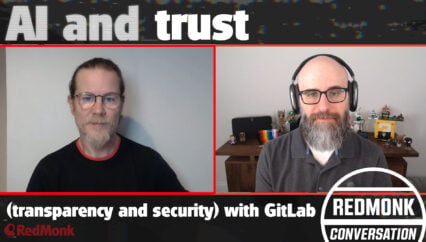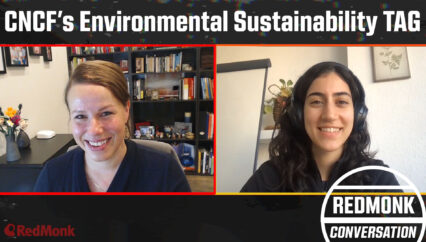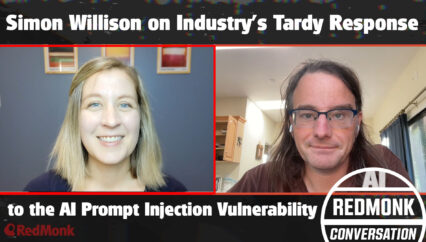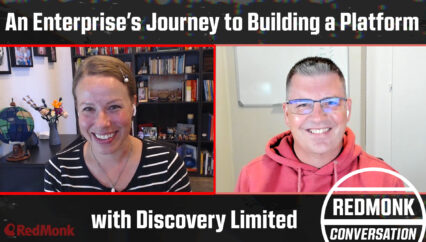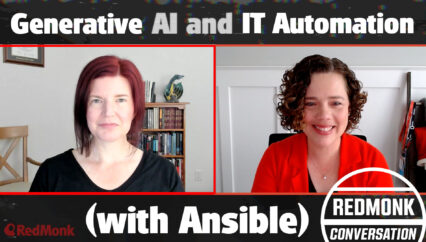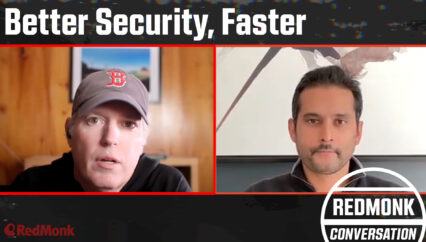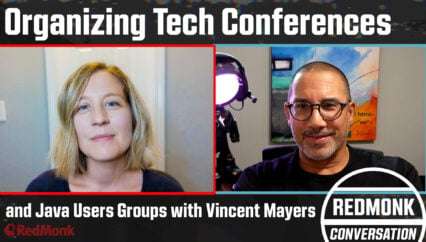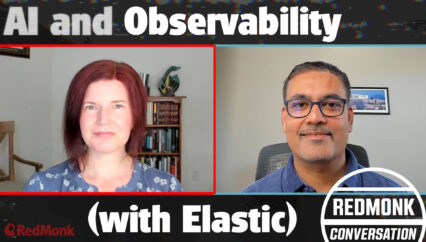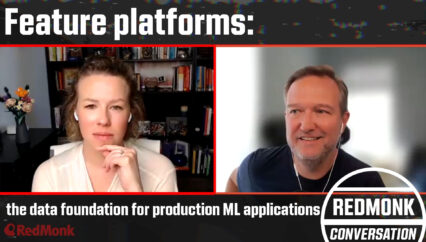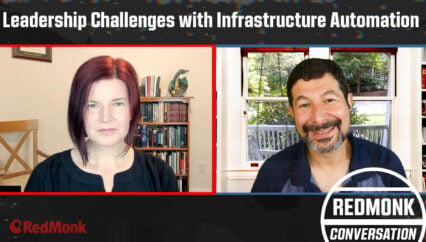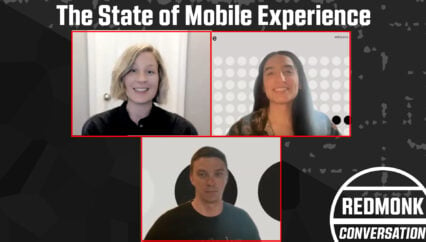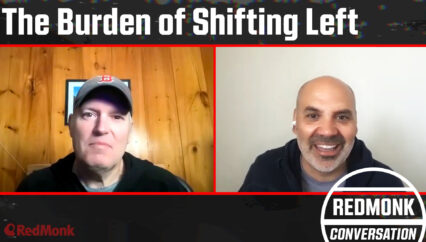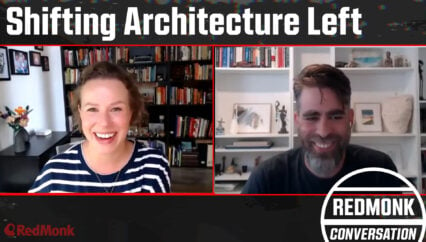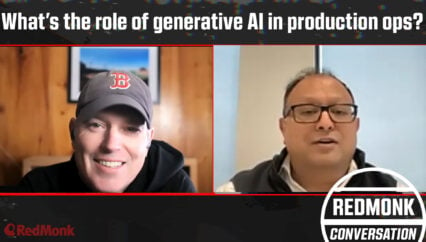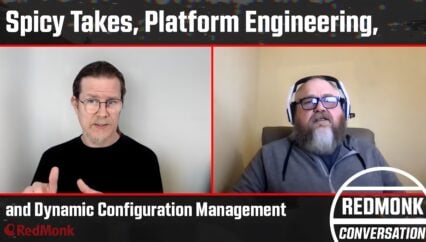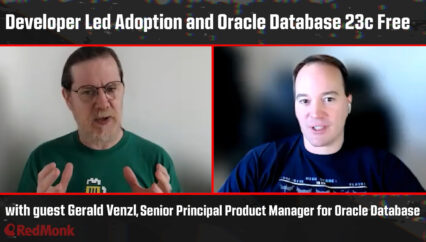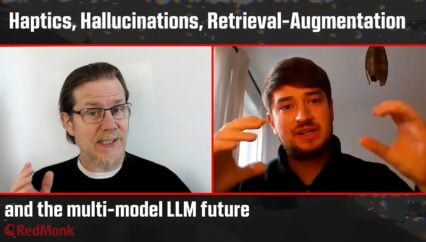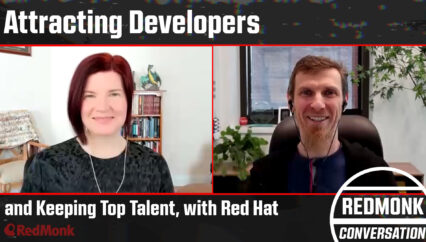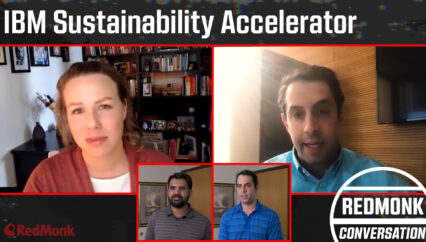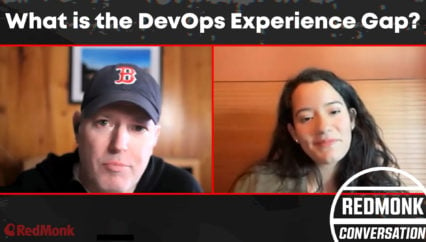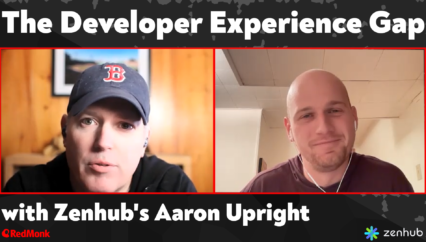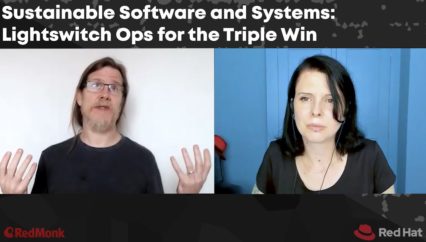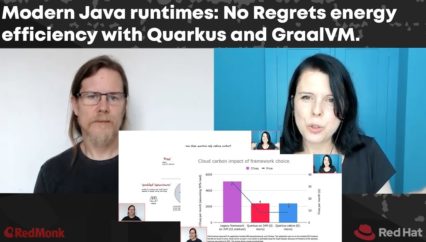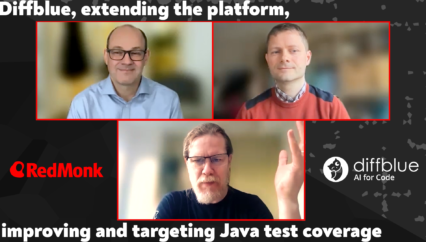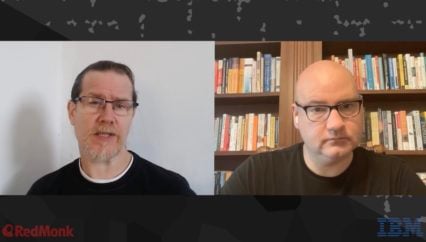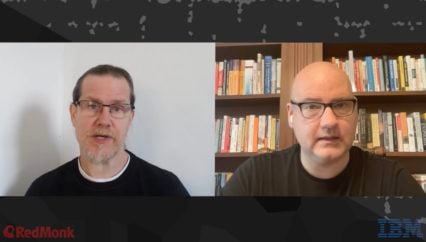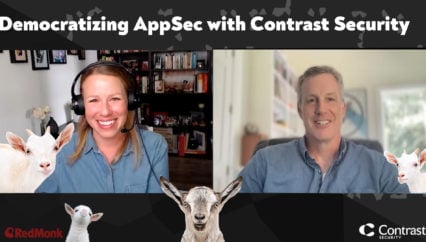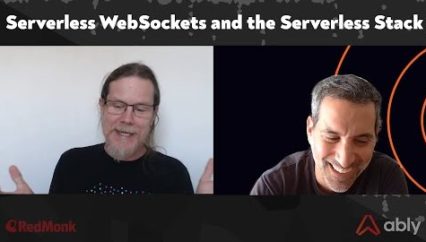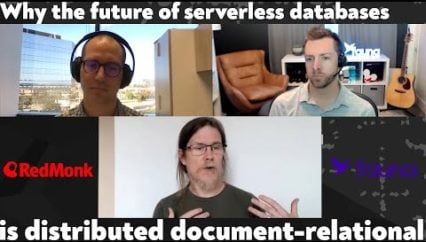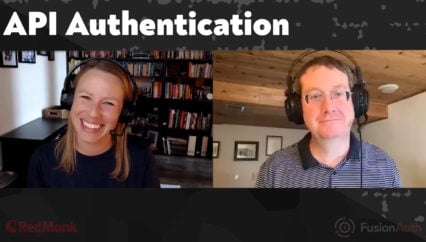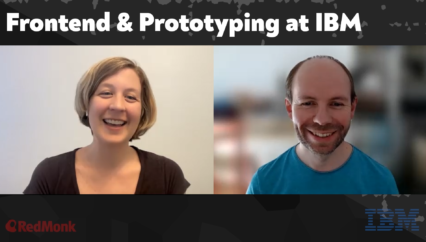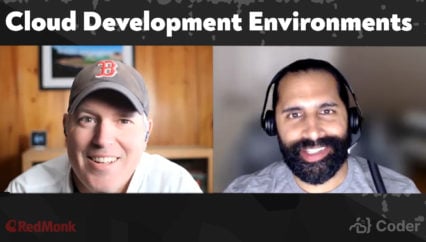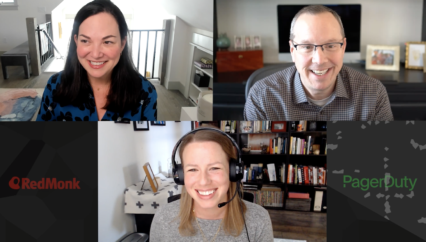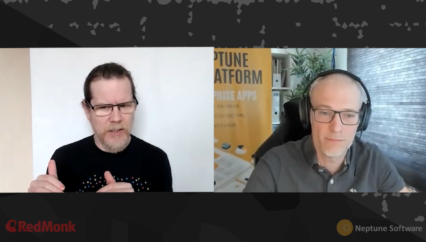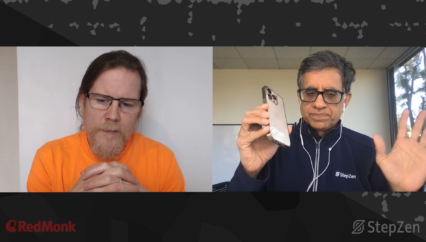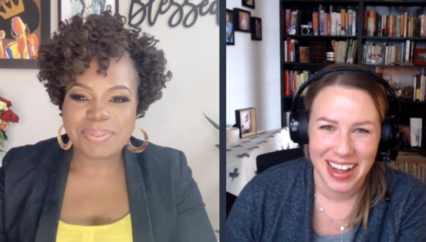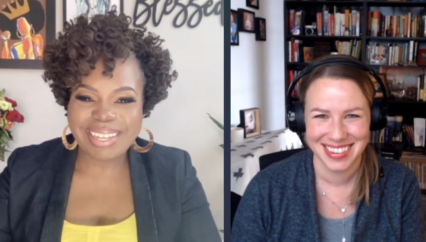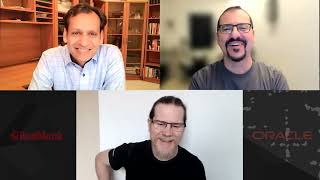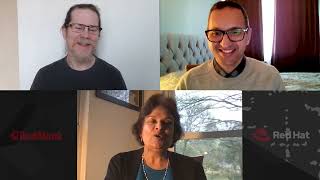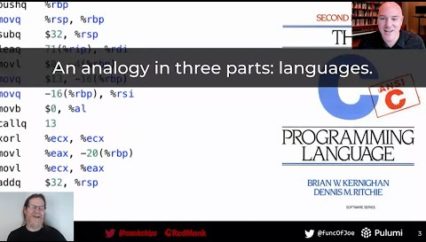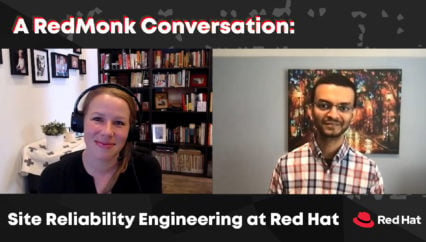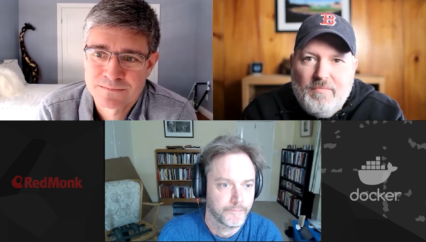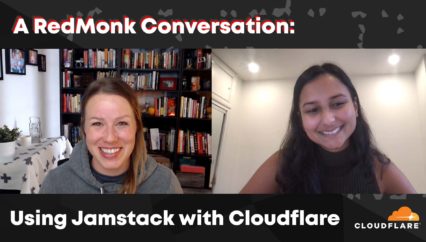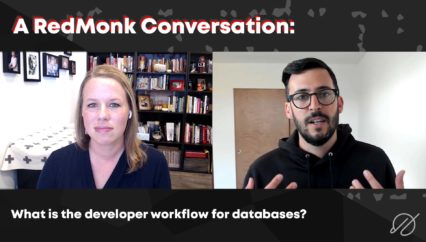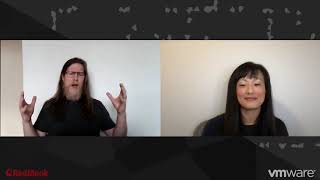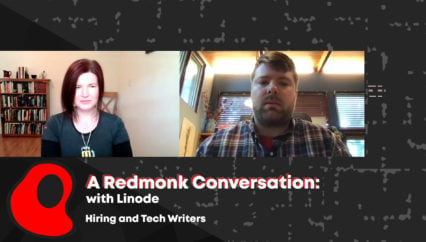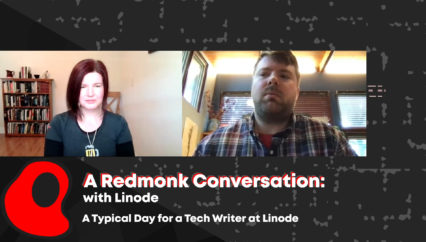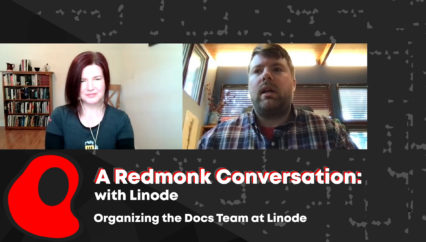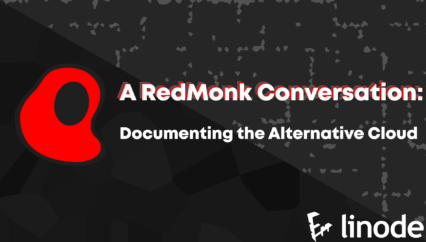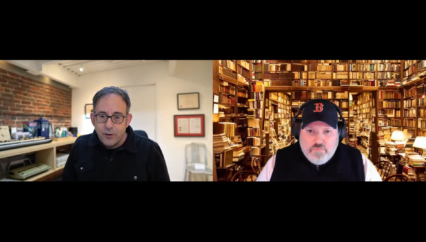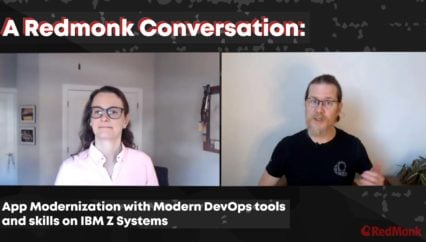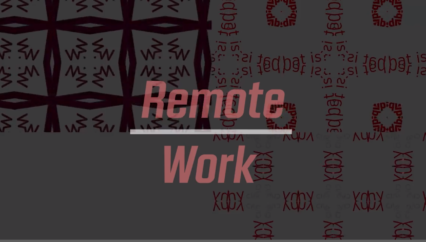While centralized storage systems have been an industry standard for years, decentralized storage options are beginning to emerge. To answer the question of “why distributed storage?” we spoke to two Storj Customers, Anthony Dutra of Zerto and Morgan Littlewood of IX Systems about their experiences.
This was a RedMonk video, sponsored by Storj.
Rather listen to this conversation as a podcast?
Transcript
Stephen O’Grady: Good morning. Good afternoon. Good evening. I am Stephen O’Grady. I’m the co founder of RedMonk and I have two guests with me today. Anthony, why don’t you go first and introduce yourself and then we’ll go to Morgan.
Anthony Dutra: Yeah, absolutely. Hi, everybody. My name is Anthony Dutra. Technical Marketing Engineer at Zerto.
Stephen O’Grady: Awesome, and Morgan.
Morgan Littlewood: Hi, I’m Morgan Littlewood. I’m the SVP of Product Management at iXsystems. iXsystems is better known for the creators and owners of TrueNAS, the largest open source storage platform.
Stephen O’Grady: Indeed. All right. And we are here to — speaking of storage, we’re here to talk about just that –decentralized storage. So, Anthony, why don’t we start with you? Talk to us about what you’re doing, and the problem, and so on.
Anthony Dutra: Yeah, absolutely. So what my organization does is — Zerto — we basically help businesses achieve an uninterrupted account of their applications by protecting, recovering and basically moving their applications on premise, multi cloud into the hybrid cloud, into the public cloud and using what’s called continuous data protection to do so. We’ve been doing it since 2009 and since then we’ve been growing for the past decade with over 9000 customers leveraging our CDP mainly for things like disaster recovery, backup and is a really good tool to use against ransomware protection, which is kind of why we’re in conversation with Storj today. We were acquired by HPE in 2021, so we’re extremely excited to be part of that HPE GreenLake hybrid cloud platform and we’re really here to talk about how recoverability works with immutability, with Storj and Zerto itself to fight ransomware.
Stephen O’Grady: Sounds good. And Morgan, what are you guys up to?
Morgan Littlewood: Yes, so TrueNAS is a NFS based storage platform used by everyone from people in their home labs all the way up to large organizations managing the data. And as part of that, there’s lots of ways of protecting data, both locally within ZFS, but also by replicating data from a system to another site. And what we saw was a pretty big opportunity for people who don’t have second sites to use a — effectively a globally distributed cloud platform to be their second data store. And so we’ve been working with the Storj people to enable that and make it possible to really protect data, even if you don’t have a lot of sites yourself to be able to back your data up to.
Stephen O’Grady: Makes sense. So that actually is a perfect lead in to the next question, which is sort of wide distributed storage, right? So the centralized models of storage have been around forever. There’s sort of known or understood and so on. Distributed storage obviously is a different approach. So again, I guess we’ll start with Anthony here. Why distributed storage? What makes sense for what you’re trying to do?
Anthony Dutra: Yeah. So from our perspective, it’s all about that immutability standpoint, I think inherently to how distributed storage works. We know that when we tear off or push this data to a Storj bucket, that it’s not only globally distributed. So it’s redundant in that respect, but it’s also locked in that fact that it cannot be changed from when we started. So again, in terms of being intruded by ransomware, it’s good to know that you have that golden copy off somewhere that’s, you know, secure globally to call back down when needed to sort of beat that.
Stephen O’Grady: And Morgan, how about you?
Morgan Littlewood: Sure. Yeah. I think obviously the standard for most people using cloud backup has been Amazon with its S3 type service. That’s very good. But it’s typically deployed in a single region model, which means it’s one part of a continent and you have to pay a lot extra to go to a multi region model for protection. And so what we see is with Storj and the globally distributed approach is that you automatically get a very reliable system that you have to worry about and you can access it from anywhere in the world. You don’t have to be local to a particular US region. So it’s that performance aspect globally, plus the fact that it’s resilient globally.
Stephen O’Grady: Makes perfect sense. So as you as you think about what you’re doing in the space now versus what’s next, what is coming up for you? We’ll start with Morgan this time.
Morgan Littlewood: Ok, sure. So we just actually released a new version of our TrueNAS scale software last week. And built into that, for example, is we’ve enabled the APIs to create buckets from within TrueNAS for the Storj service. So effectively it makes it even more seamless for operating. Our plans are going forward to add more value. So that effectively Storj, as we call it, gets integrated within TrueNAS and it becomes just another way of storing data. And we manage it in the sense that you can store the data in ZFS or store it in Storj.
Stephen O’Grady: Makes sense. And Anthony?
Anthony Dutra: What’s next for us is Zerta’s going to continue to do its thing in the continuous data protection space. So again, enabling instantaneous replication on premise in the public cloud. In the US, we having a big push and we’re definitely moving in the Zerta for Kubernetes space. So Kubernetes is another big environment. We still love to use Storj as that repository for what we call like an extended journal service or that backup of mutable information that you’re looking to store sort of cheap, efficiently and globally.
Stephen O’Grady: Make sense. And what about lessons learned, anything going through the process from a lessons learned standpoint, like, hey, this is I wish I’d known this going in. And we’ll start with Anthony this time.
Anthony Dutra: Yeah, that’s fine. Had I known that it was — well, had I known how easy it is to create nodes and do other stuff with Storj, I would have dove in a lot earlier on in the process and got in a lot earlier. I’d say that much.
Stephen O’Grady: Okay, fair enough. And Morgan, from your perspective?
Morgan Littlewood: No, I think the project, as far as we’re concerned, has gone as expected. So we are very happy that way. What we have found is by collaborating with Storj and improving API’s and responses, etc., we can make the integration even better and make it so that it’s a more seamless process for the customer or end user. So that’s our goal, is to make it so that it’s more seamless and very intuitive.
Stephen O’Grady: Okay. Perfect. And last question for both of you and I’ll start with Morgan this time. You know, as users consider their storage options moving forward, what would you tell them? From a recommendation standpoint? What would your guidance or advice be when they’re evaluating? Well, storage broadly, but sort of more specifically, in this case, decentralized storage? Like I said, we’ll start with Morgan on that.
Morgan Littlewood: Sure. I still think that you start from your entire data needs and your entire data needs includes data that requires very different performance and reliability characteristics. So you look at that, you map out your data and then you work out how to locate your data. So some of it’s local, some of it’s local plus cloud backup, some of it will be just the cloud storage. So think about your data requirements holistically and then make a greater a strategy for protecting the data and making sure it performs.
Stephen O’Grady: Makes sense. And Anthony?
Anthony Dutra: That and for myself, I would say decentralization is coming to the data center. So definitely explore these types of technologies, particularly within enterprise portfolios. I just would like to encourage people to explore beyond the boundaries of what they know, particularly on premise. And if they’re not used to the sort of multi-cloud environment, that this is a very easy way to get involved with it and make it part of your portfolio.
Morgan Littlewood: Yeah, one interesting thing is that we’re just starting to roll out the ability to do TrueNAS within Amazon itself or AWS as well. It’s interesting that Storj from within AWS is actually going to be as performant and much lower cost than S3. So it really does enable a multicloud strategy without you paying a premium but effectively enables it without — at a discount.
Stephen O’Grady: Yeah, love it. You put some decentralized storage in the centralized storage. Wonderful. I love it. And and on that happy note, I just want to say thanks to both Anthony and Morgan for stopping by and having a conversation with us.
Morgan Littlewood: Cheers, nice to talk to you, bye.


